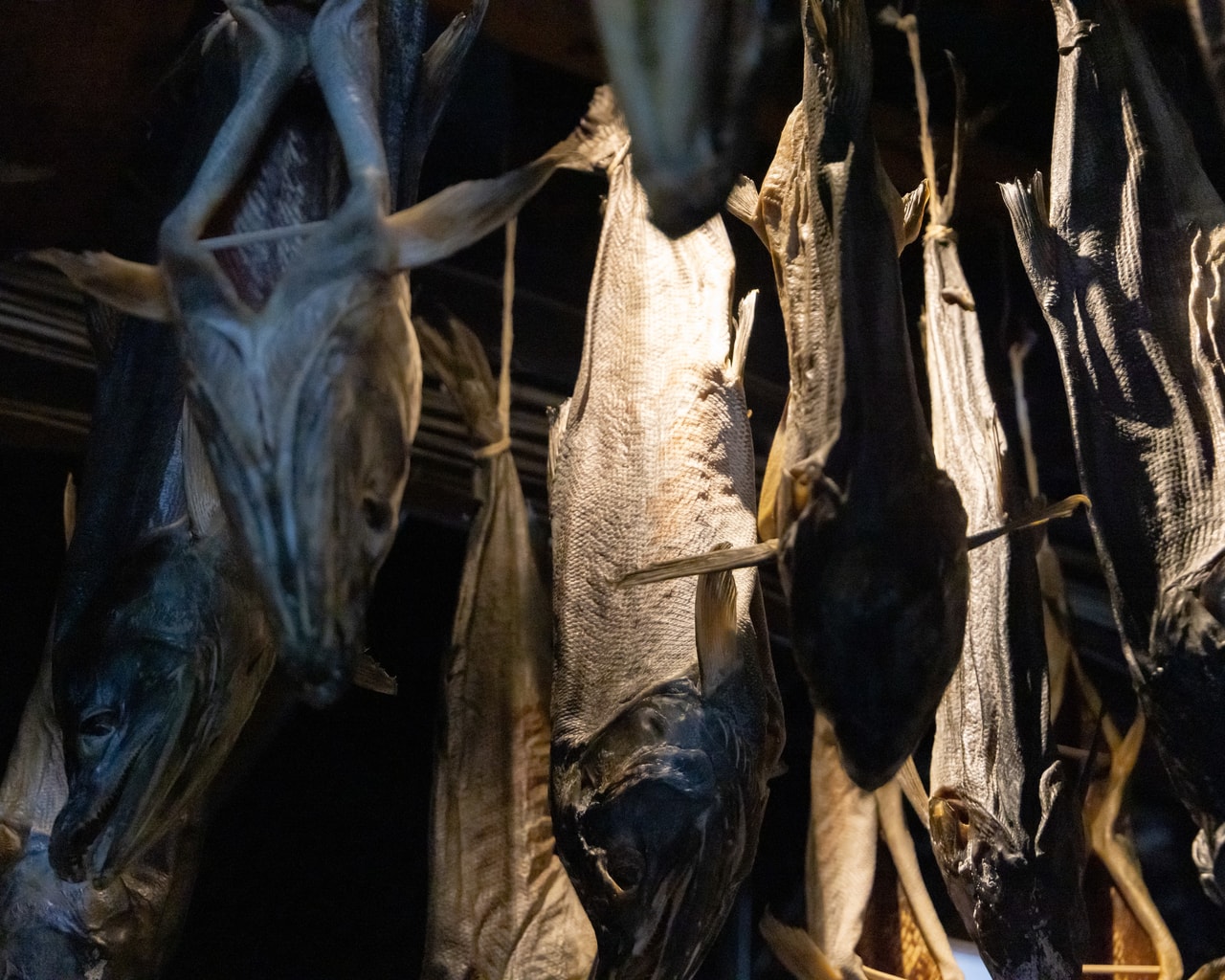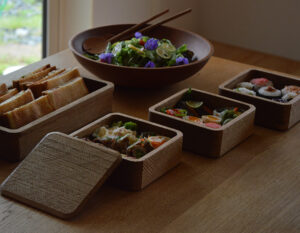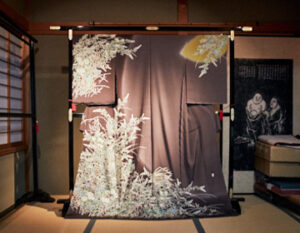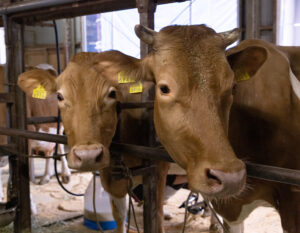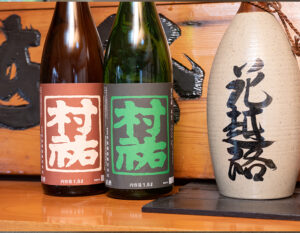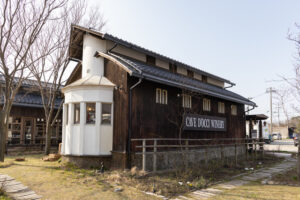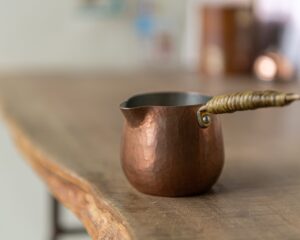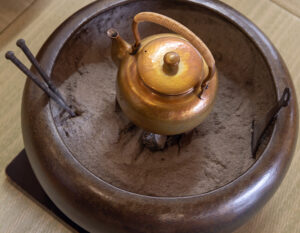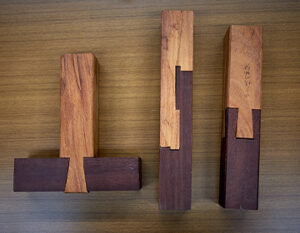Murakami City in Niigata Prefecture is a salmon town that has lived together with salmon. The “Sennen Salmon Kikkawa” has been making salmon dishes that have been passed down through the generations in Murakami.
There are more than 100 salmon dishes that have been created over the millennium of Murakami’s salmon history.
We are passing on the culinary culture of Murakami to the present day through salmon dishes made with fermentation and aging techniques that take full advantage of the climate of Murakami City and the time and effort that goes into making them.
Salmon Culture Preserved by Murakami’s “Sennen Salmon Kikkawa
Murakami City, located in the northernmost part of Niigata Prefecture and facing the Sea of Japan, has a history of delivering salmon as tax to the Imperial Court in Kyoto during the Heian period. Salmon were often caught and during the Edo period, salmon fishing was an important source of income for the Murakami clan. In the latter part of the Edo period, the fishing season gradually became poor, and the clan’s finances began to run out. Then, Buheiji Aoto, a samurai of the clan, noticed the “recurring nature” of salmon and created an environment for propagation, which led to the world’s first successful natural hatching and propagation of salmon. The town once again became prosperous, and even in years when the rice harvest was poor, a good catch of salmon helped the people. This is why the people of Murakami still respect salmon and treat it with great care. In Murakami, salmon is the only fish, not any other fish.

Even today, salmon runs up the Miomotegawa River that runs through the center of town, and the salmon culture has been carefully passed down through the millennia. The first company in Murakami to commercialize this traditional salmon dish was Sennen Salmon Kikkawa, which was founded in 1626 as a rice wholesaler. In the postwar period of the 1950s, when Murakami’s salmon cuisine was in decline, the company decided that it must not let Murakami’s salmon culture die out, and began producing and selling salmon dishes.
Product creation focusing on “natural” products
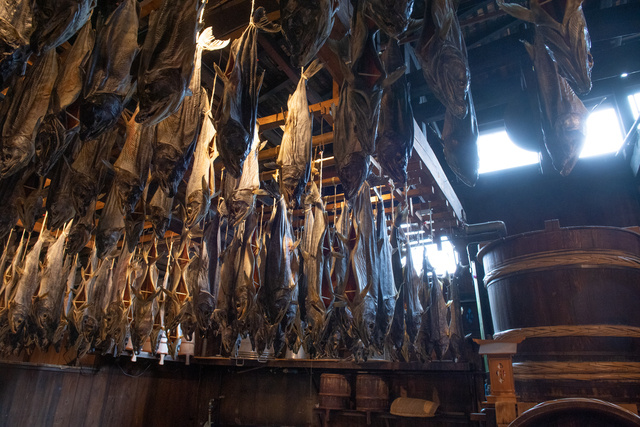
More than 1,000 salted salmon are hung from the ceiling beams in the machiya-style store built in the Meiji period. The sight is breathtaking. The process is simple: salt the fish and then dry it. This simple method has never changed. No food additives such as preservatives, chemical seasonings, or yeast extracts are used.
The “Shinmaki Salmon,” a similarly well-known salted salmon, is made to preserve the flavor of freshly caught salmon for a long period of time, while Murakami’s salted salmon is subjected to the cold northwest wind for one month to allow the enzymes in the salmon to break down the proteins and produce amino acids as a catalyst with the salt, giving it a special flavor unique to Murakami. This gives the salmon a special flavor unique to Murakami. The people of Murakami have always cherished and savored salmon. Looking up at the hanging salmon, it is clear that salmon is at the center of people’s lives. In this family, the salmon, not the people, are the most important,” says 15th generation owner Masatsugu Yoshikawa. Everyone in town makes it in their own homes, and each father brags to the other about how good it is. In Kikkawa, preparation begins in mid-November when a cold northwesterly wind blows and the temperature drops below 10 degrees Celsius. When you feel the clean, dignified wind on your skin, that’s when it’s time to start.
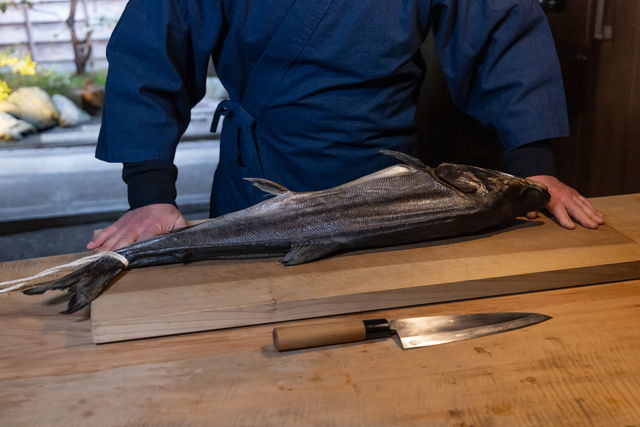
The first thing I do is to bow my palms in gratitude to the salmon in front of me. The salmon is carefully selected and wild-caught domestic male salmon. After about five days, the salmon are washed under running water and dried for three to four weeks. The Murakami style is to hang the salmon with the head down by attaching a string to the base of the tail fin, as it would be unbearable to put a string on the head of the salmon, which is a precious gift from Murakami. Mr. Yoshikawa is particular about the shape of the dried fish, even the fins are held up to give it a “manly” appearance. The enzymes work to produce a unique flavor. It is a deep flavor that can only be expressed by the wind that blows in Murakami. While drying the salmon, the artisans watch over the salmon as if they were their own children.
Appreciate everything about salmon and eat it.
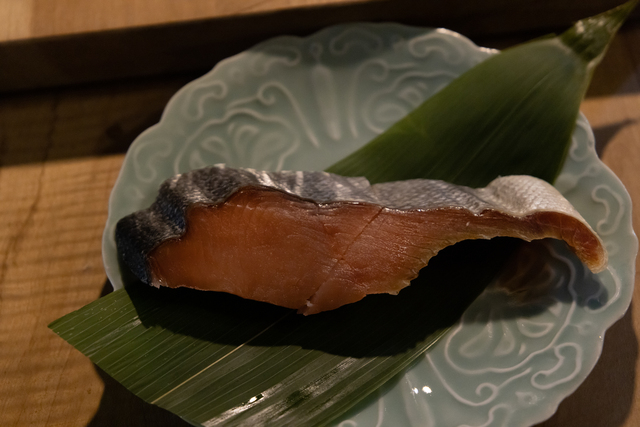
The most popular recipe that everyone imagines using salmon is grilled salmon served with hot white rice. Salt-baked salmon is also a great accompaniment to rice, and of course, if you lightly grill the fillet, you can enjoy the skin as well. It is delicious freshly grilled, but the charm of salted salmon is that it can be enjoyed even after it has cooled down.
But that is not all there is to Murakami’s salmon cuisine. Because of their respect for the salmon, they carefully eat every part of the salmon, from the entrails and bones to the head and gills. As a result, more than a hundred different salmon dishes have been created. Inside Kikkawa’s restaurant, you will find a wide variety of salmon dishes. In addition to salted salmon fillets, grilled salmon marinated in secret broth and soy sauce, cured salmon ham cured slowly at low temperature, and harako (roe) marinated in soy sauce using the best large roe are all regular favorites. Salmon with sake is a great snack to accompany alcoholic drinks. There is a unique culture of celebrating a boy turning 5 years old by preparing a salmon dish at home when he wears his hakama. It is said that this is a way of saying, “Come back strong and strong,” just like the salmon. In Murakami, ” Salmon rice sushi” is an important New Year’s dish, and Kikkawa has been making its own koji since the Edo period. The pride of Kikkawa, which used to be a sake brewer, is also reflected in its desire to preserve Murakami’s important food culture.
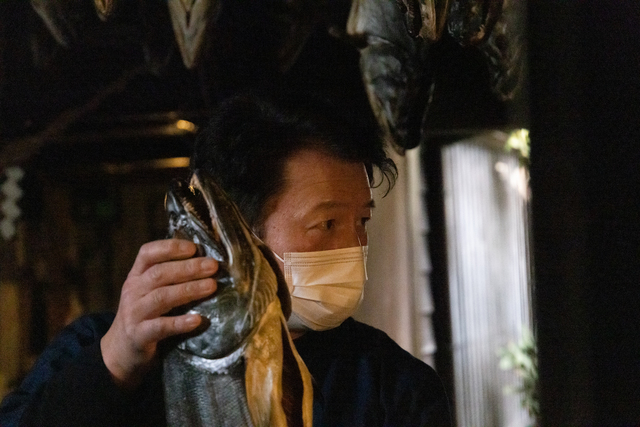
Murakami’s respect for salmon has led to the development of an unparalleled salmon food culture. Mr. Yoshikawa says, ” The important thing is to put love into it. It is made by fermentation and ripening, so by watching over the changes in nature, and taking the time and effort to make it with love, you can create a delicious product, ” he says, looking up at the hanging salted salmon and narrowing his eyes. The supreme taste passed down through a thousand years of history will continue to be passed down as a part of the town’s living food culture for years to come.
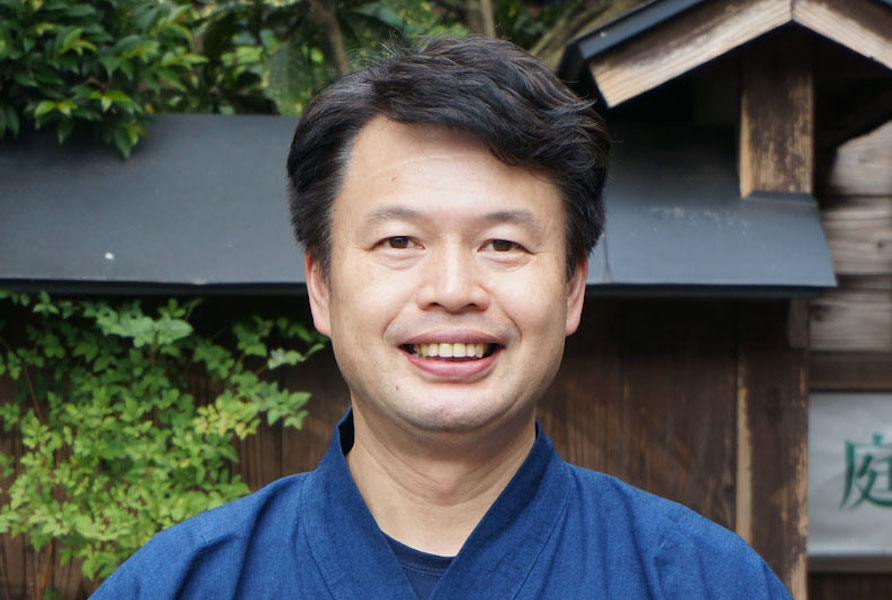
First, we choose the best. We do not use any food additives, but rather we use human hands and spend a lot of time in nature to produce the “real thing”. We will continue to pursue the “one and only best taste” that only we can make.



